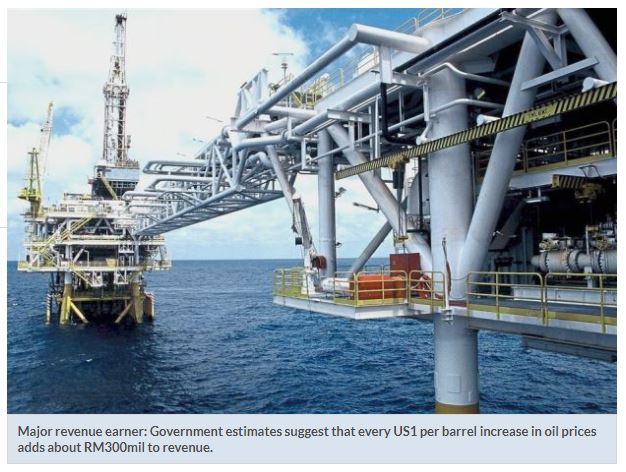Malaysia’s economy more diversified than thought
PETALING JAYA: Malaysia’s economy is much more diversified today contrary to the common view that that the country is reliant on commodities, said Standard Chartered Global Research.
“For example, while commodities make up about 20% of total exports, electronics constitute an even larger portion: 37% in 2017.
“Even when oil prices were at their peak in 2012, commodities comprised 30% of total exports versus electronics at 33%,” the research house said in its report late last week.
That said, the research house believes that the country still generally benefits from higher oil prices today, noting that the country’s current account balance and GDP growth are positively correlated with oil prices.
“Higher oil prices add to the government’s fiscal revenue. We estimate that for every 10% rise in global oil prices, Malaysia’s current account increases by about 0.3 percentage points of GDP after four quarters,” it said.
“GDP growth in commodity exporters such Russia, Malaysia, Chile and South Africa usually rises on higher oil prices. This could reflect the co-movement in various commodity prices historically,” it added.
StanChart Research noted that the country’s oil balance was close to flat, noting that in 2017 after taking into account crude and petroleum products, the oil balance was slightly negative at RM2bil.
However, it also noted that the country is a large exporter of liquefied natural gas (LNG) and palm oil.
And given that there is usually a positive correlation between oil and other energy commodity prices, higher oil prices will typically support LNG and palm oil prices as a whole in the bigger picture.
The research house also noted that higher oil prices are also a positive for the government’s revenue picture.
“Government estimates suggest that every US$1 per barrel increase in oil prices adds about RM300mil to revenue. That said, oil revenue is only budgeted at 14.8% of revenue for 2018 compared with the peak in 2009 when it constituted some 43% of total fiscal revenue,” it said.
It also highlighted that there may be some upside as the then government had assumed an oil price of US$52 per barrel for 2018 then when the budget was tabled.
Oil prices have been tracking a generally upward trend since the middle of 2017.
Brent Crude oil was last traded at US$73.10 per barrel and has gained about 9% in the year-to-date period.
The ringgit, however, continued to lose ground against the US dollar and has already breached the 4.0000 level to the dollar psychological mark, given the actual fiscal debt position of the country that was revealed by the new government.
The local currency is also influenced by movements of the US dollar and is also affected by the foreign fund outflows on rebalancing after the changed political scenario after the 14th General Election.
Source: https://www.thestar.com.my/business/business-news/2018/06/19/malaysias-economy-more-diversified-than-thought/#8YtPTBVrw13PMBtf.99


 Thailand
Thailand




